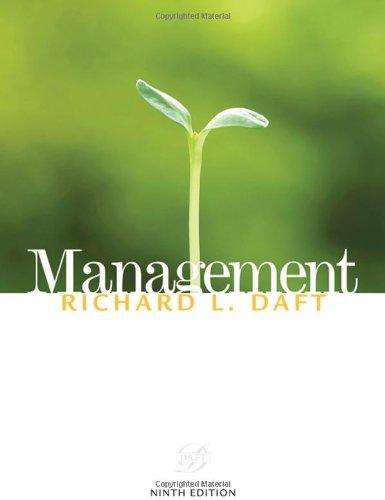May 4, 2007, started out like any day for the 1,500 residents of Greensburg, Kansas. Weather forecasters
Question:
May 4, 2007, started out like any day for the 1,500 residents of Greensburg, Kansas. Weather forecasters predicted afternoon storms, but few residents paid much attention. Folks in this rural community had seen their share of storms and knew the drill. By 6 p.m., the National Weather Service issued a tornado warning for Kiowa County. Still, tornadoes are hit or miss. Around 9:20 p.m., storm sirens sounded, and residents took cover in bathrooms and basements. When they emerged from their shelters, their lives would be changed forever. “My town is gone,” announced the city administrator, Steve Hewitt, in the first press conference on May 5. “I believe 95 percent of the homes are gone. Downtown buildings are gone, my home is gone, and we’ve got to fi nd a way to make this work and get this town back on its feet.” Even with 700 homes to rebuild, the residents were prepared to start with a clean slate. Although the tornado was devastating, the town viewed it as a blessing in disguise. Both Hewitt and Mayor Lonnie McCollum rallied the people and vowed to rebuild a green town.
Although both Hewitt and McCollum believed Greensburg should be rebuilt in a socially responsible way, using sustainable practices, designs, and materials, they faced some ethical dilemmas. Hewitt frequently explained his broader view of the stakeholders affected by their choices, “We’re making 100-year decisions that will affect our children and our children’s children.” Although Hewitt wouldn’t describe it that way, he and McCollum took a utilitarian approach to these big decisions. For them, reducing Greensburg’s impact on the environment felt like the right or ethical thing to do, especially when considering the well-being of future generations. Living in Federal Emergency Management Agency (FEMA) trailers, some residents struggled to embrace a long-term view. They knew it would take longer to build green because of the education, research, and fund-raising required. Many felt impatient and had trouble thinking beyond their immediate needs as individuals. Greensburg upped the ante, and the costs of rebuilding, when the city council approved an ordinance declaring all municipal buildings would be built to the highest Leadership in Energy and Environmental Design (LEED) green building rating for sustainability: LEED-Platinum.
LEED is a third-party certification program. It has become the nationally accepted benchmark for the design, construction, and operation of green buildings. LEED gives building owners the tools they need to have a measurable and immediate impact on their buildings’ performance. LEED promotes a whole building approach to sustainability by recognizing performance in five key areas of human and environmental
health: materials selection, sustainable site development, energy efficiency, water savings, and indoor environmental quality.
In Hewitt’s mind, Greensburg had an economic responsibility to construct buildings that achieved maximum energy efficiency. So even if it cost more initially to build LEED-Platinum facilities, the town’s energy costs as well as its operating costs would be significantly lower in the future.
While Hewitt worked hard to manage and raise funds for Greensburg’s reconstruction projects, others were doing their part to help. Husband and wife team Daniel Wallach, executive director, and Catherine Hart, coordinator of educational services, worked together to launch Greensburg GreenTown, a 501(c)(3) not-for-profit organization, designed to provide Greensburg with the information, support, and resources it needed to rebuild the town as a green community.
One of Wallach’s favorite projects was BTI Greensburg, the local John Deere dealership. With Wallach’s encouragement, owners Mike and Kelly Estes decided to build a state-of-the art green facility. By using radiant heat, passive cooling, solar and wind power, and recycling their used oil, BTI Greensburg reduced its utility costs by hundreds of dollars every month. With the corporate support of John Deere, BTI Greensburg became the flagship green shop for John Deere dealerships around the world. As the biggest business in Greensburg, BTI is a major stakeholder. When Mike Estes publicly states, repeatedly, that rebuilding green “is the right thing to do,” people listen.
Discussion Questions
1. What are the potential consequences of rebuilding Greensburg without concern for green practices?
2. Besides lowering energy costs, how else might Greensburg benefit from becoming a green town?
3. At what stage of moral development are Hewitt and McCollum: preconventional, conventional, or postconventional? Please explain.
Step by Step Answer:






